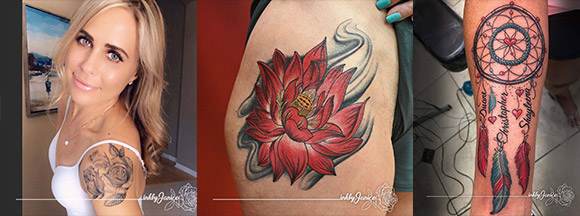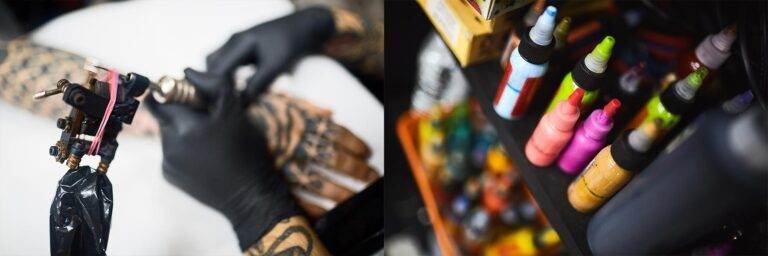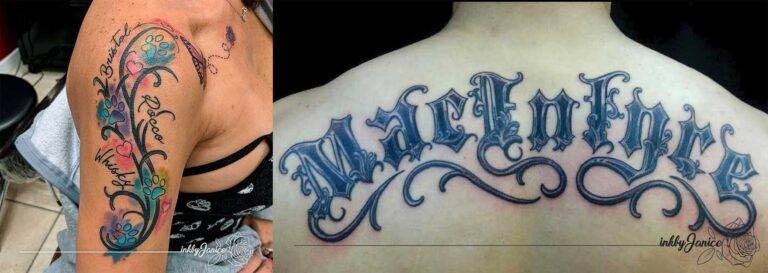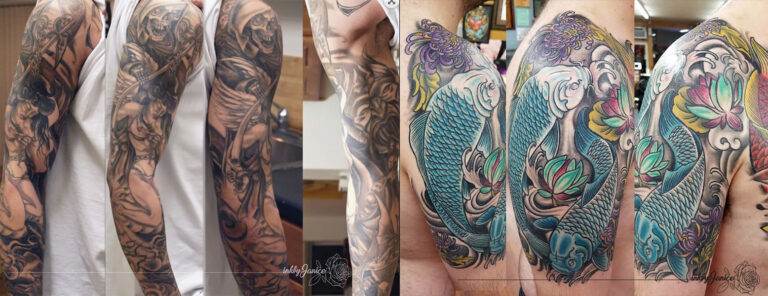
It was not all that long ago that few women were seen with tattoos. Female tattoos were usually only seen at the circus to highlight the unusual nature of women who were on display as sideshow attractions. That has changed considerably over the past few decades as women tattoos are now quite commonplace. In fact, there are more women with tattoos in the US than men.
Early History
Although women have been inked just like men in many cultures for thousands of years, in the US the view of tattooing has changed considerably since the dawn of the 20th century. Before that time both European and American women were starting to get tattoos in the post-Civil War period of the 19th century.
It was during this time that the circus became a popular form of entertainment. Travelling bands of performers would go from town to town and set up shop for a week or two. As part of the entertainment was the sideshow or “freaks” with unusual physical attributes such as bearded ladies or conjoined twins. Women who were heavily inked with tattoos were considered part of these sideshows as well.
This is because the showing of skin was not approved in Victorian times. It is this rejection of female tattoos as being against the cultural grain that created a false impression about the meaning of tattoos which lingered well into the 20th century.
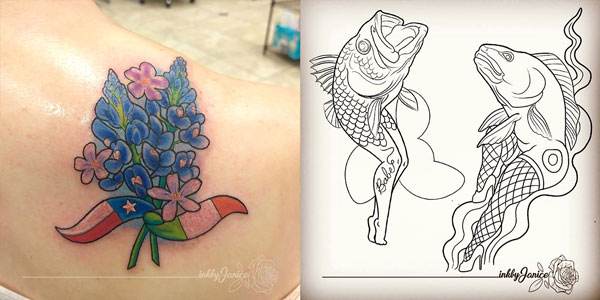
Turn of the 20th Century
Tattoos were considered in subversive to the culture of this period for women and even for men. A woman having a tattoo was even more subversive and undesirable. It was during this period that many communities that banned tattoos altogether. This was mostly associated with the less-than-tasteful male imagery that was implied. The stereotype of the tattoo being associated with people of less than wholesome moral values.
Women with tattoos were considered seedy or “loose” meaning they lacked in moral scruples. This image evolved over the 20th century to become rebellious as with the rise of the counterculture in the 1960s. Instead of being morally repugnant, women tattoos were considered rebellious. It was the rise of the counterculture in the 1960s and 1970s that began the change in attitude towards women with tattoos.
Changing Attitudes
In the past two to three decades there has been a new appreciation for the art, design, and variety of tattoos that was not present before. The lifting of the subversive aspects that female tattoos had been most associated has now fostered a new interest for women of all walks of life to consider getting a tattoo. The beauty and intricate designs have really opened a new frontier for women to a great degree.
Today, tattoos for women are now more common than for men. But the real change for female tattoos over the years has not been based so much in gender, but in the acceptance of tattoos by most Americans. This means that women tattoos are not only hear to stay, but thanks to the improves techniques and designs it will flourish for the foreseeable future.


